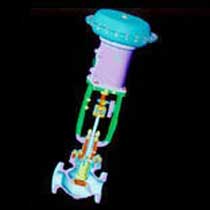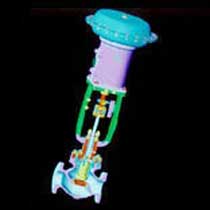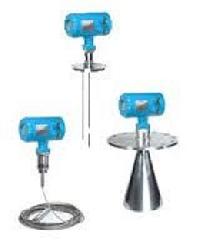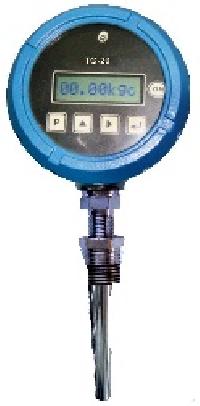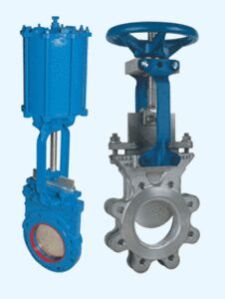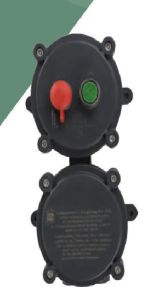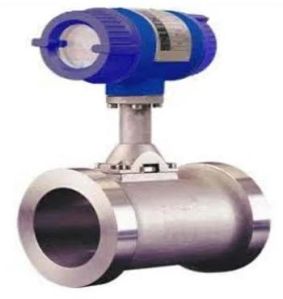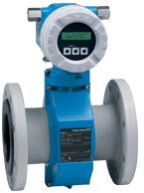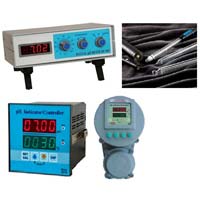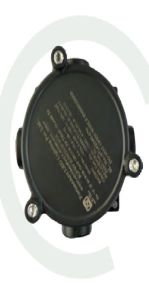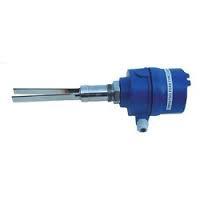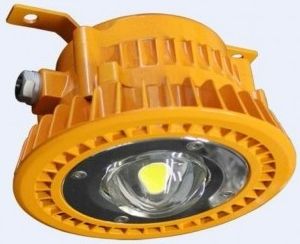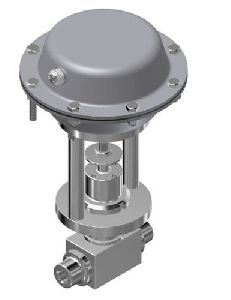| Business Type | Manufacturer, Exporter, Supplier |
| Valve Type | Gate |
| Material | Metal |
| Media | Water |
| Click to view more | |
Product Details
Flow Control Valve
Flow control valves are essential components in various industrial process control systems and fluid handling applications. They regulate the flow rate of liquids, gases, or slurries by adjusting the flow path within the valve. Here's a breakdown of their typical specifications to consider when selecting a flow control valve:
General Specifications:
· Valve Type: This refers to the specific design and mechanism used for flow control. Common types include:
o Globe valves: Offer good throttling (gradual flow adjustment) capabilities.
o Needle valves: Provide precise flow control for smaller lines.
o Butterfly valves: Known for their simple design and good on/off flow control.
o Diaphragm valves: Well-suited for viscous fluids and offer good shutoff capabilities.
o Ball valves: Offer excellent shutoff and are easy to maintain.
· Valve Size: This specifies the pipe diameter that the valve is designed for (e.g., 1/2 inch, 2 inch, etc.).
· Flow Rate Range: The range of flow rates the valve can effectively control.
· Body Material: The material of the valve body chosen based on factors like pressure rating, compatibility with the fluid, and corrosion resistance. Common materials include stainless steel, brass, cast iron, PVC, etc.
Performance Specifications:
· Pressure Rating: The maximum pressure the valve can withstand without failure. This should be compatible with the operating pressure in your system.
· Temperature Rating: The range of temperatures the valve can function within without compromising performance. The material selection and packing materials also influence this.
· Cv Rating (Flow Coefficient): An indicator of the valve's flow capacity. Higher Cv allows for higher flow rates.
· Leakage Rate: The amount of fluid that bypasses the closed valve seat, typically classified into classes like bubble-tight or low-leakage.
Control Mechanism Specifications:
· Actuation Type: This refers to the method used to open or close the valve:
o Manual: Operated by a handwheel or lever.
o Pneumatic: Uses compressed air for actuation.
o Electric: Uses an electric motor for actuation.
o Solenoid: Employs a solenoid coil for quick on/off actuation.
· Control Signal (Applicable for Pneumatic/Electric Actuation): The type of signal used to control the actuator (e.g., 4-20mA current loop for proportional control).
Additional Features:
· Cracking Pressure (Relief Valves): The pressure at which a relief valve opens to prevent overpressure situations.
· Flow Direction (Check Valves): Designed to allow flow in one direction and prevent flow reversal.
· Material of Construction (Seals and Packing): The materials used for seals and packing should be compatible with the fluid and temperature to prevent leaks.
· Bonnet Design (Globe Valves): Refers to the design of the valve bonnet which holds the internal components. Bolted bonnets offer easy maintenance access.
Factors to Consider When Selecting a Flow Control Valve:
· Application Requirements: Consider the type of fluid, desired flow control characteristics (on/off or throttling), and pressure/temperature conditions in your system.
· Valve Type: Choose a valve type that best suits your flow control needs (e.g., globe valve for throttling, butterfly valve for on/off).
· Valve Size: Select a valve size that matches your pipe diameter and desired flow rate capacity.
· Material Selection: Choose body, seal, and packing materials compatible with your fluid, pressure, temperature, and potential corrosion concerns.
· Actuation Type: Pick an actuation method (manual, pneumatic, electric) that aligns with your control system requirements.
· Additional Features: Consider features like cracking pressure (relief valves), flow direction (check valves), or bonnet design based on your specific application needs.
By understanding these specifications and factors, you can select a flow control valve that effectively regulates fluid flow and aligns with the specific requirements of your industrial process control system or fluid handling application.
Looking for "Flow Control Valves" ?
Explore More Products


